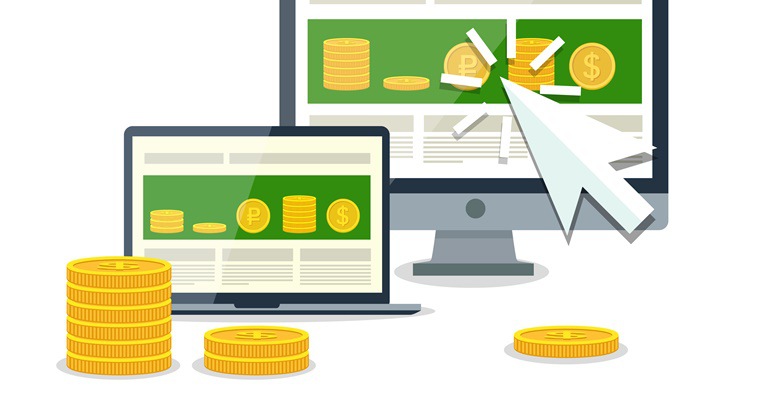A variety of changes to the services offered by Google and Bing will impact their pay-per-click (PPC) advertising customers over the course of 2015. Many changes have to do with shifting trends in the search and PPC industries, in terms of the strategies employed by search engine developers and the behavior of their users.
A robust PPC strategy needs constant tweaking to be responsive to the rapidly changing market conditions. Those who are not keeping track of the service changes and industry developments may actually lose advertising market penetration over the coming year.
Keep an eye out on the following trends to get the most from PPC in 2015:
Mobile is the New Normal
Mobile is quickly becoming the new normal, with American consumers spending around two hours per day on their smartphones, tablets, and mobile devices. As a result, content is becoming more optimized for these devices, and search engine developers are continuing to compete for users in mobile searches. PPC advertisers should start to see more mobile clicks in 2015 and beyond.
 Source: http://visual.ly/mobile-page-load-time-vs-user-expectations
Source: http://visual.ly/mobile-page-load-time-vs-user-expectationsThis means landing page content must be geared to promoting conversions or it will fail to take advantage of the benefits of mobile marketing. When designing PPC ads for mobile search, it is important to remember the customer will land on a page in a mobile device’s browser, which presents unique challenges.
To get the most out of PPC advertising on mobile devices, landing pages should incorporate features that streamline the user experience. Most importantly they should be fast. Around 57 percent of mobile users will leave if a landing page takes too long to load, more than a few seconds. Other important factors include:
- Clickable telephone numbers, as research shows a 6-8 percent increase in PPC ad clicks when a phone number is present
- Short forms – the shorter the better
- A minimalist approach to graphic design to ensure readability
- Content that gets straight to the point
The purpose of these considerations is to guarantee a pleasant and gratifying customer experience. An enjoyable and easy to use landing page will increase conversion rates.
Knowing the Audience Will Get Easier
In 2015, Bing Ads will implement persona targeting, allowing PPC advertising designers and end users to track their performance. Persona targeting also allows PPC advertisers to better understand who is using their site and how each user interacts with it according to a variety of measures.
By analyzing how customers use a site, based on measures like what content they access and whether they are returning users, Bing can help PPC clients retarget their most profitable customers. They will use social media data to supplement the customer interaction information and give advertisers a deeper look at their users.
Facebook is also introducing features through its Atlas program that will allow a more comprehensive look into the personalities of their target audience. By using Facebook profile data, Atlas users will be able to have far more specific ad targeting. This kind of unfettered access to personal preference and desire data is unprecedented. It offers a whole new frontier of opportunity to those PPC advertisers savvy enough to utilize it.
The Beginning of the End for Keywords
Google and Microsoft are working hard to improve their user experience by making search results more responsive. They accomplish this by attempting to understand the intent of the search as opposed to solely the words in the request.
This is the beginning of a move towards what Google is referring to as Semantic Search, where the relationships of all the words are analyzed. Google is trying to reward those sites with the best content and punish those geared solely to advertising.
Keywords will still retain some of their significance, but advertisers will have to carefully watch their density. It will also be important to continue to embed links within pieces to make for a more informational and interactive user experience.
Content is King Again
As Google and Bing tweak their search engine algorithms to favor natural language searches, the importance of keywords has begun to wane. This creates an opportunity to reassess the importance of content in advertising.
Web advertising strategies present companies with the chance to create a useful and informative experience for their target audiences. Providing users with the ability to learn and accomplish their goals means bringing added value to the audience and encourages repeat visitors.
Many advertisers are turning to company blogs to steer potential customers to their clients’ websites. This creates a space for the company to personally connect with their target audience. When used effectively, a company blog may become a place for their customers to go on a regular basis for helpful advice while also driving revenue growth.
Video Ads are on the Rise
As the emphasis on content increases, video ads that capture the imaginations of a company’s target audience will generate increased value. A report from BI Intelligence estimates that total online video ad revenue could reach $5 billion by 2016 (up from $2.8 billion in 2013).
 Source: http://www.businessinsider.com/digital-video-advertising-performance-and-growth-trends-2014-8
Source: http://www.businessinsider.com/digital-video-advertising-performance-and-growth-trends-2014-8According to HostGator CMO Taylor Hawes, “What fuels the consumption of content, however, is not simply the format itself. The rise of social networking, including platforms designed specifically for video and photo sharing, have hasted the spread of visual formats.”
Many of these videos are quite unlike their television-based ancestors. Interactivity is generating rapid increases in revenue for PPC advertisers and their customers. Ads that allow their users to learn about their products and how they are used create a sense of intimacy and customization that drives conversion.
Stay Tuned
Changes happen quickly and regularly in the PPC industry, and it is increasingly important to stay abreast of the most current strategies. Many companies are dominating particular venues of PPC advertising simply because they are the only ones aware of their usefulness. A robust digital marketing strategy utilizes competitive advantages such as these.
Featured Image: Voin_Sveta via Shutterstock





